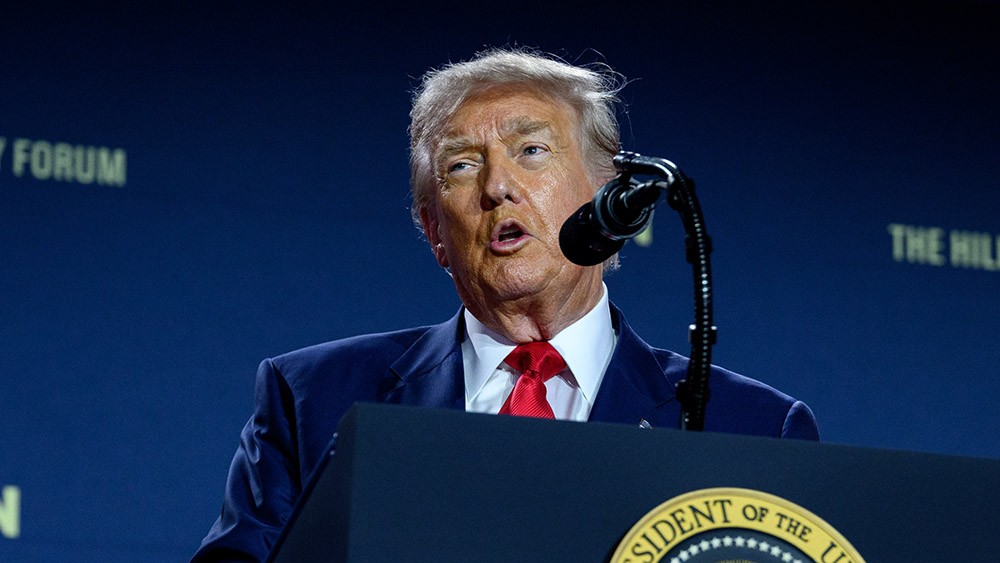
Expert says current demography of Republicans and Democrats more different than ever
As stated in the Pew Research Center report, Republicans have made serious gains among voters without a college degree, rural voters and White evangelical voters. On the other hand, Democrats have held onto major constituencies like Black voters and younger voters and have achieved progress with college-educated voters. The report provides a window into how partisan identification, namely the party that voters tell pollsters they identify with, or lean toward, has moved over the past 30 years. The report groups independents, who are prone to behave like partisans even if they avoid the label, with the party they lean toward. "The Democratic and Republican parties have always been very different demographically, but now they are more different than ever," said Carroll Doherty, the director of political research at Pew. The effects of the trend, which has also turned up in party registration data among recently registered voters, remain unclear. However, partisan affiliation patterns do give clues to help understand how the changing alliances over the last quarter century have formed current political results. During the Trump administration, the Democratic Party's association increased, helping to cause large victories in the 2018 midterm elections and a victory for Biden in 2020. The Republican Party has long battled with the fact that there have mostly been fewer Americans who identified as Republicans than as Democrats. After Barack Obama was reelected as president in 2012, the GOP made a report that determined that the party would need to expand its tent to include Black and Hispanic voters to be successful in future elections. Two decades later, the GOP has made slight advances with Black and Hispanic voters. (Related: Polls: Trump’s approval rating among Black and Hispanic voters the highest a Republican has enjoyed in 50 YEARS.) But the increasing strength of Republicans with White working-class voters presents one of the largest shifts in America's political divisions over the past 15 years. In the 1990s and early 2000s, Democrats had a small partisan identification advantage among voters without a college degree. Today, almost two-thirds of all White voters without a college degree identify as Republicans or lean toward the Republican Party. Follow VoteRepublican.news for more stories about the GOP. Watch the video below about the Democrats turning their backs on American working-class voters. This video is from the NewsClips channel on Brighteon.com.More related articles:
POLL: Immigration now the leading policy concern among U.S. voters. Poll shows more young voters are turning away from Joe Biden in favor of Donald Trump. Report: Democrats ready to hit the PANIC BUTTON as Trump gains steam and Biden falters. The Democrats are about to get BLINDSIDED by the voters’ wholesale REJECTION of their disastrous policies. Ballot cleansing: Democrats are moving to bar Republicans from ballots nationwide. Sources include: Your News.com New York Times.comBiden waging trade war with China that U.S. CAN’T win
By Ethan Huff // Share
Garlic compares favorably to a best-selling blood pressure drug
By News Editors // Share
Israel wants U.S. National Guard deployed against anti-Israel protesters at American universities
By Belle Carter // Share
Kimchi packs proven health benefits
By News Editors // Share
Cowardice, not courage, led House Republicans to side with the Democrats
By News Editors // Share
Beyond the hack: Ancient medicine decodes the persistent cough
By willowt // Share
Venezuelan opposition leader presents her Nobel Peace Prize medal to Trump
By jacobthomas // Share
U.S. to suspend immigrant visa processing for citizens of 75 countries under new policy
By lauraharris // Share
Australia blocks 5 million underage social media accounts in landmark crackdown
By bellecarter // Share
EU moves to seize frozen Russian assets for Ukraine loans, escalating economic warfare
By bellecarter // Share











